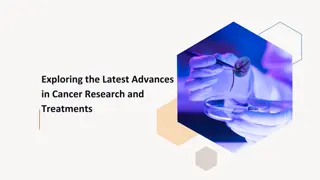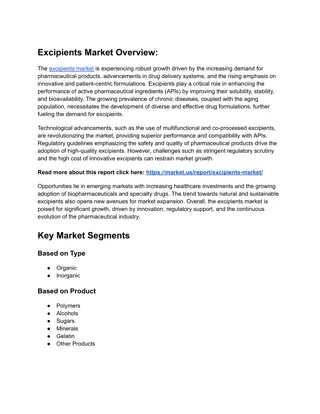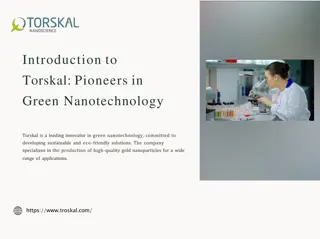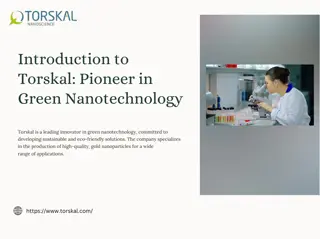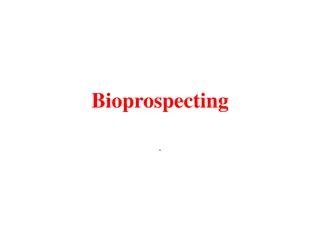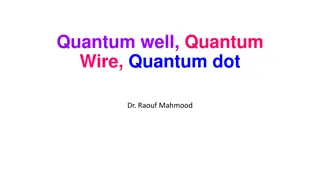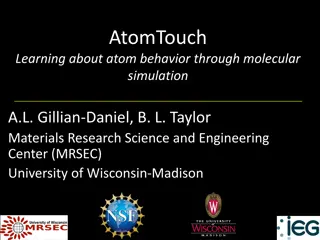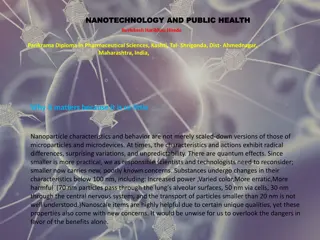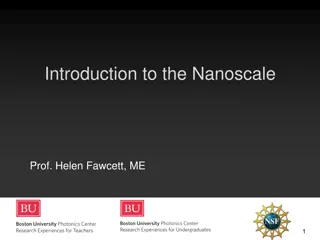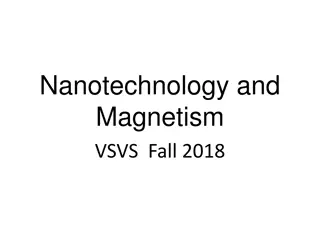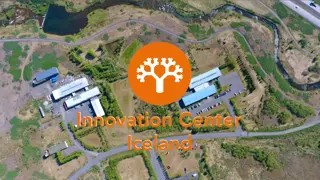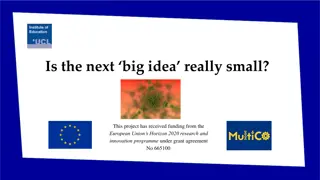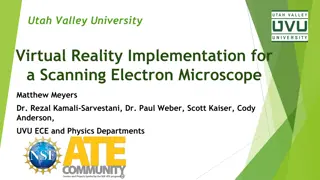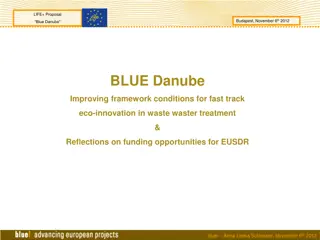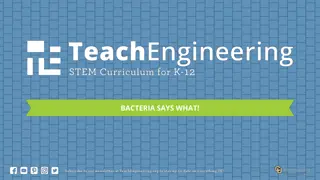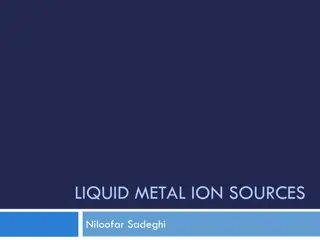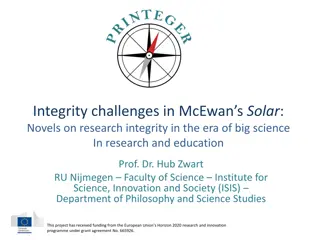Understanding Nanolithography in Nanotechnology
Nanolithography is a key technique in nanotechnology for engineering nanometer-scale structures. It involves etching or writing structures at the nano level. This process utilizes masks made of borosilicate glass or quartz with a chrome layer, and involves laser writing, development, and cleaning steps. Nanolithography plays a crucial role in the fabrication of nanometer-scale structures, with applications in various fields.
Download Presentation

Please find below an Image/Link to download the presentation.
The content on the website is provided AS IS for your information and personal use only. It may not be sold, licensed, or shared on other websites without obtaining consent from the author. Download presentation by click this link. If you encounter any issues during the download, it is possible that the publisher has removed the file from their server.
E N D
Presentation Transcript
Solid state physics Lecture (8) Nanolithography Prof. Dr. Wisam J. Aziz
Introduction is techniques within nanotechnology dealing with the engineering (etching, writing, printing) of nanometer-scale structures. From Greek, the word can be broken up into three parts: "nano" meaning dwarf, "litho" meaning stone, and "graphy" meaning to write, or "tiny writing onto stone." Today, the word has evolved to cover the design of structures in nano meters, or structures in the nanometer range. the field is a derivative of lithography, only covering significantly smaller nanolithographic techniques can be separated into two categories: Nanolithography a growing field of structures. All
those that etch away molecules leaving behind the desired structure, and those that directly write the desired structure to a surface (similar to the way a 3D printer creates a structure). Mask Technology At the lithography projection requires a certain mask for the manufacture of each style. Thus, masks have to navigate accurately to scan the areas concerned, and that absorbed detoured or otherwise. The energy absorption in the dark areas of the mask can cause heating or generate stress and curves In the desired pattern.
The mask material is made of borosilicate glass or quartz with a sputter deposited chrome layer on top. The chrome layer is 100 nm thick. There is also a photoresist layer deposited on top of the chrome. A laser writer is used to write the pattern on the mask. Different laser wavelengths (365, 248 or 193 nm) and lenses are used to write the pattern on the mask. The choice of the wavelength depends on the smallest dimension on the pattern.
The Laser writing process is sequential (line by line) and can take hours depending on the complexity of the pattern. After the pattern is written, a suitable developer is used to remove the unexposed photoresist. After that, the exposed chrome layer is removed (using an acid bath etch) and then the remaining photoresist is removed to leave behind the chrome desired pattern on glass. There are also cleaning and drying steps to remove any excess solvent and keep the mask free of dust particles. The major steps in mask making are summarized in figure bellow.
Nanolithography Nanolithography is the branch of nanotechnology concerned with the study and application of the nanofabrication of nanometer-scale structures, meaning nanopatterning with at least one dimension between the size of an individual atom and approximately 100 nm. The term nanolithography is derived from the Greek words nanos meaning dwarf litho meaning rock or stone and graphy meaning to write. Therefore the literal translation is "tiny writing on stone
It is important that these technologies change the fabrication and manufacturing of materials, devices, and systems via: higher degree of safety environmental competitiveness. improved stability and robustness. higher degree of efficiency and capability, flexibility and integrity supportability and affordability, survivability and redundancy . Predictable properties of nano composites and materials (e.g., light weight and high strength, thermal stability, low volume and size).
Classification of lithographic techniques 1- Photolithography 2- Ion beam Lithography 3- X-ray lithography 4- Electron beam lithography
Photolithography Lithography consists of patterning substrate by employing the interaction of beams of photons or particles with materials. Photolithography is widely used in the integrated circuits (ICs) manufacturing. manufacturing consists of a series of 10-20 steps or more, called mask layers where layers of materials coated with resists are patterned then transferred onto the material layer. A photolithography system consists of a light source, a mask, and an optical projection system. Photoresists are radiation sensitive materials that usually consist of a photo- sensitive compound, a polymeric backbone, and a solvent. Resists can be classified upon their solubility after exposure into: positive resists (solubility of exposed area increases) and negative resists (solubility of exposed area decreases). The process of IC
Stages of photolithography process Stage : Wafer or substrate cleaning Stage 2: Spin coating of Photo-resist Stage 3: Baking the wafer Stage 4: UV Exposure Stage 5: Removal of wafer Stage 6: Developing process Stage 7: Pattern Analysis
Ion beam lithography Because of the very short wavelength and very large energy density, the FIB has the ability for direct fabrication of structures that have feature sizes at or below 1 m. As a result, the FIB has recently become a popular candidate in making high quality micro- devices or high-precision microstructures. The FIB has been a powerful tool in the semiconductor industry mainly for mask repairing, device modification, failure analysis and integrated circuit debugging. Two basic working modes, ion beam direct write and ion beam projection, have been developed for these applications.
The ion beam direct write process : Also known as FIB milling (FIBM), is the process of transferring patterns by direct impingement of the ion beam on the substrate. It is a large collection of microfabrication techniques that removes materials from a substrate and has been successfully used for fabricating various (3D) micro structures and devices from a wide range of materials. the ion beam projection process : a collimated beam of ions passes through a stencil mask and the reduced image of the mask is projected onto the substrate underneath. The ion beam projection process is also known as focused ion beam lithography (FIBL) and can serve as an alternative to conventional optical lithography
X- ray lithography This lithography processes involve the category of nanolithographic techniques, through which transistors with smaller features can be patterned. It uses X-rays to transfer a geometric pattern from a mask to a light- sensitive chemical photoresist, or simply "resist," on the substrate. A series of chemical treatments then engraves the produced pattern into the material underneath the photoresist. X-ray lithography can be extended to an optical resolution of 15 nm by using the short wavelengths of 1 nm for the illumination. X-rays are usually generate secondary electrons as in the cases of extreme ultraviolet lithography and electron beam lithography.
Advantages of X-ray lithography 1. Resolves diffraction issues 2. Shorter wavelengths ( 0.1 - 10 nm) can be used 3. Smaller features can be patterned Disadvantages of X-ray Lithography 1. Usage of X-ray masks 2. Deformation during the process 3. Vibrations during the process 4. Time consuming process
E-beam lithography Electron Beam Lithography uses a tightly focussed beam of electrons scanned over the surface of a substrate. Typically, electron beam lithography with ultra high resolution (UHR) is used at the very beginning of a multiple technique and a multiple step process in a top down approach in order to transfer the nanostructure into the substrate or subsequently build up a device in a layer by layer fashion. E-beam applications: 1. Research and Development 2. Advanced processing techniques 3. Future processing equipment 4. Can convert SEM to be used as an EBL machine 5. Used with photolithography and X-ray lithography to create next generation devices.
The steps of e-beam lithography : a. Resist Preparation In this Process, the PMMA solution is spin coated onto the sample and baked to harden the film and remove any remaining solvent. b. Exposure Selected areas of sample are exposed to a beam of high energy electrons . c. Development Sample is immersed in developer solution to selectively remove resist from the exposed area.
Schematic process of e-beam lithography (a) Resist Preparation (b) Exposure (c) Development
E-beam lithography advantages :- 1. Can write smaller features than X-ray lithography and photolithography. 2. Pattern is written directly to the wafer. 3. Used to develop specialized devices and prototype devices. 4. Fast turn-around time. 5. This employs a beam of electron instead of photons. E-Beam Lithography Disadvantages :- 1. Not an efficient process for industrial processing. 2. Takes multiple hours to pattern entire wafer. 3. Machines are costly. 4. Greater than 5 million dollars. 5. System is more complex than photolithography system. 6. Slow throughput.





